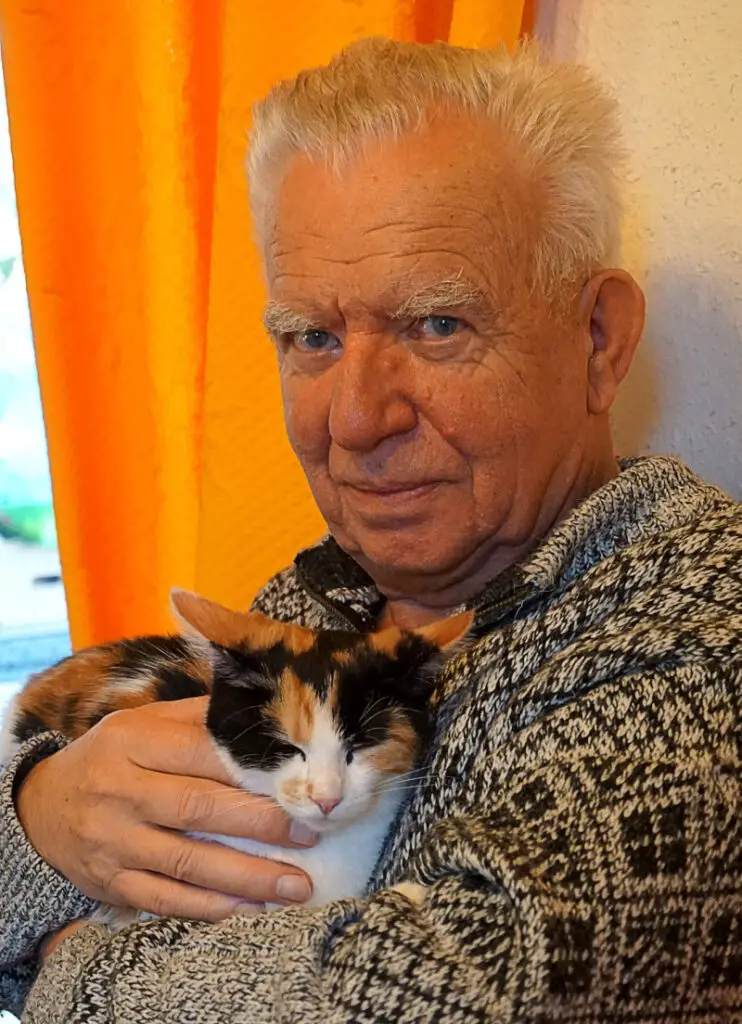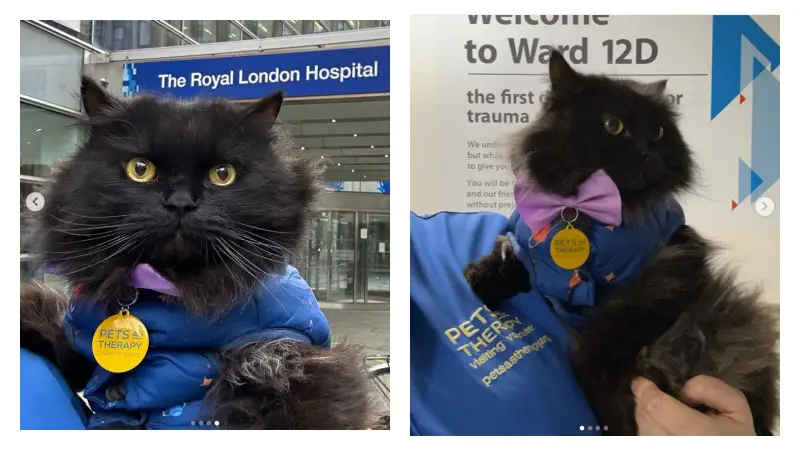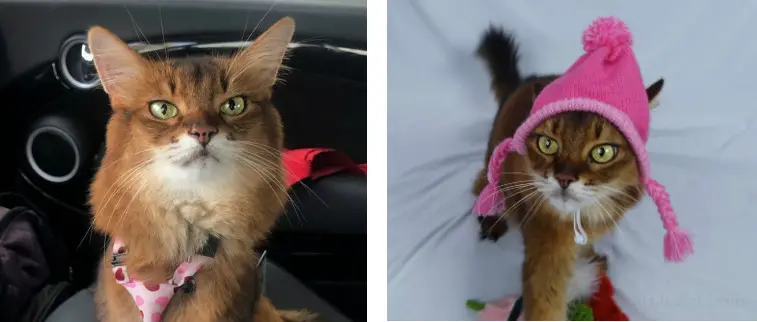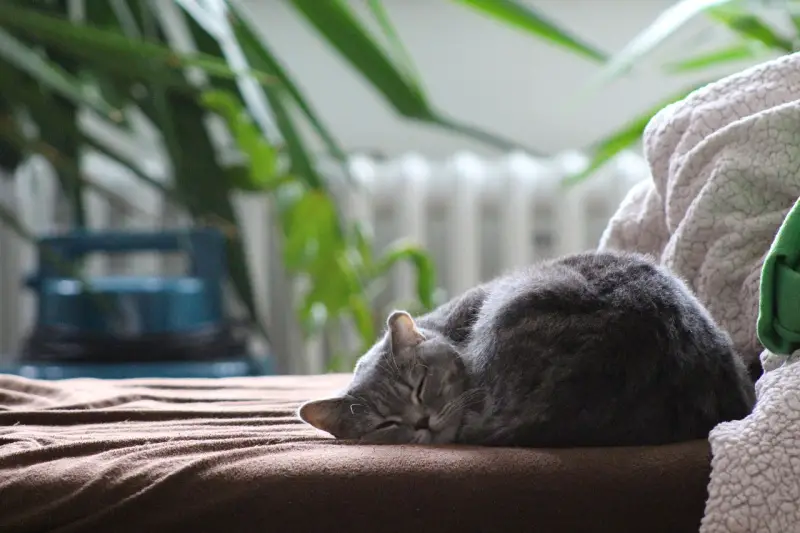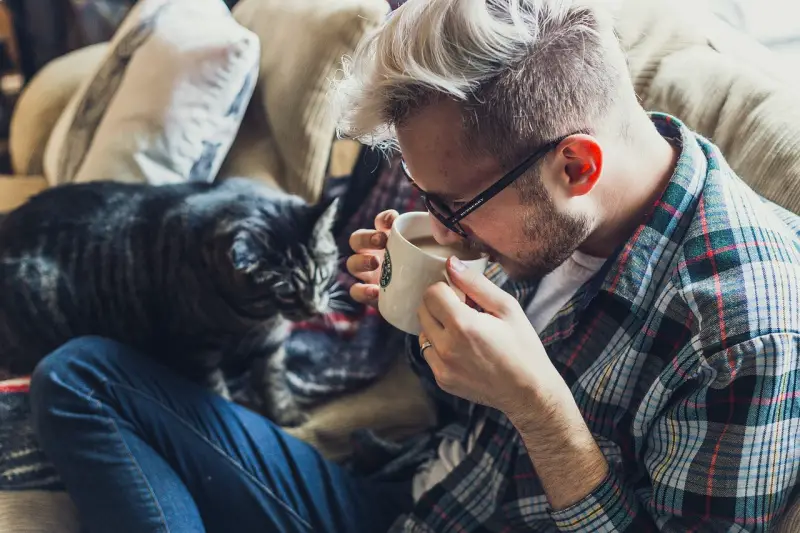
The post Vegan Pet Food – Gen Z Fad or Genuinely Good? appeared first on Katzenworld - Welcome to the world of cats!.
Plant-based food is on the rise, and not just among humans, it has made its way into our pet’s bowls too!
Modern pet parents are advocating for vegan diets for their pets due to environmental, ethical and health reasons.
But is vegan pet food just a fad, and more importantly, is it safe – especially when it comes to cats?
It’s the question that’s dividing opinion and causing daily debates, but the movement doesn’t show signs of slowing down anytime soon.
Millennials are driving plant-based diets for dogs and swapping traditional kibble and heavily-processed foods for more natural ingredients*
And 60% of gen z dog lovers think it’s healthier to limit meat in their dog’s diet**
So, can pets be completely vegan? What do the experts say? And who is right?
In honour of Veganuary, Buddycare has all the evidence from both sides so you can be the judge!
What the experts say
British Veterinary Association (BVA)
The British Veterinary Association (BVA) is the national body for veterinary surgeons in the United Kingdom and is a not-for-profit organisation.
The BVA does not recommend giving a dog a vegetarian or a vegan diet as, while it is theoretically possible, it is difficult to get the balance of essential nutrients right.
“We would not recommend feeding a dog a vegan diet as it’s much easier to get the balance of nutrients wrong than to get it right, leading to a risk of dietary deficiencies and associated disease,” said Justine Shotton, Senior Vice President of the British Veterinary Association.
“As an evidence-based organisation, the BVA will continue to follow and assess all emerging evidence regarding vegan, as well as other, novel diets”. Justine Shotton added.
Andrew Knight, Veterinary Professor, University of Winchester
If you’ve fallen down the vegan pet food rabbit hole, you’ll have likely stumbled across Veterinary Professor, Andrew Knight already.
The professor is a huge advocate for plant-based diets for pets as a result of his discoveries during research.
Professor Knight said his study showed that cats and dogs had as good, or better, health outcomes on plant-based diets as they did when fed on meat pet foods, provided these were carefully formulated with additional synthetic nutrients***
These synthetic supplements are added to vegan pet food to ensure that furry family members get all the nutrients they need daily.
However, there currently isn’t any scientific evidence to say whether the synthetic nutrients are safe long term for animals or if they can be used in the body in their synthetic form as easily as in their natural form.
Professor Knight, along with his colleagues (Huang E, Rai N, Brown H) published a research paper on April 13th 2022 that reported from the findings of 2639 dogs, that “the pooled evidence to date indicates that the healthiest and least hazardous dietary choices for dogs, are nutritionally sound vegan diets.”****
The peer-reviewed analysis revealed that vegan dogs visit the vet less often and require fewer medications.
Subsequently, this study caused widespread controversy within the vet world, causing the BVA and other professional bodies to bite back.
“There is currently a lack of robust large-scale data mapping the health consequences of feeding a vegan diet to dogs over their lifetimes, so we look forward to further research on whether non-animal protein sources can meet a dog’s dietary requirements throughout life.
“We know there are limitations to owner-reported data, which can only provide one aspect of the picture, so we’re also keen to see future studies assessing clinical data in order to build a more holistic view of the health impact of vegan diets on dogs”.
You can read Andrew Knight’s first research study from 2016 here and his more recent and second extensive study, here. You can also listen to a webinar summary of Professor Knight’s work here.
What About Cats?
Whilst Professor Knight’s research might put forward a persuasive case for vegan dog food, many still aren’t convinced when it comes to cats.
The head of veterinary services at the Blue Cross charity advised against vegan pet food adding “Pets need a balanced diet, cats in particular have very specific nutritional needs which would be unlikely to be met by a vegan diet”.
Justine Shotton Vice President of the BVA stated: “While on paper a vegan diet for cats may include supplements or alternatives to animal-based protein, for example, there is no guarantee that these would be bioavailable to the cat or that they wouldn’t interfere with the action of other nutrients. That is why robust, peer-reviewed research is needed to ensure that non-animal protein sources can meet the pet’s dietary requirements”*****
Cats are obligate carnivores, which means it is much harder or even impossible to meet their nutritional needs without feeding them meat.
Many of the essential nutrients cats require, such as taurine, preformed vitamin A and cysteine are minimal or non-existent in plant ingredients.
Currently, there is not sufficient evidence to suggest that commercially available vegan or vegetarian cat food is safe for your cat.
Cats require 11 different amino acids that are essential for life but the most important are taurine and arginine. Deficiency can cause health-related issues such as blindness, heart failure, and problems with the immune system.
Taurine cannot be made from plant-based sources, so a synthetic alternative has to be used. A direct approach to making this in the laboratory involves the reaction of aziridine with sulfurous acid. This is naturally available in meat and fish.
There are currently no scientific studies as to whether cats can use these synthetic forms and if they are safe in the long term.
What Vegan Dog Food Experts, The Pack say
But back to dogs again and for this part, we’re handing it over to the vegan dog food company, The Pack.
Co-founded by the husband-and-wife duo and committed environmentalists, Judy Nadel and Damien Clarkson, The Pack is out to prove that plant-based is better for our dog’s health.
“Here at THE PACK, canine health comes first: that’s the primary reason we decided that our nutritionally complete, drool-inducing meals wouldn’t include any animal products.
Today’s domestic dogs are deep in a health crisis, with rates of cancer and obesity soaring, and the science shows that plant-based dog diets are not only safe for our omnivorous friends but potentially offer a wealth of health benefits.
These include weight management, protection against allergies, reduction of arthritis symptoms, improved immunity and even longevity: plant-based superfoods like those found in THE PACK can help our dogs fight cancer and enhance overall vitality.
What’s more, switching your dog to a meat-free diet has enormous benefits for the planet. As more pet parents feed premium ‘human grade’ or raw meat instead of by-products, farm animals are being bred and killed specifically for dog food.
Research in 2020 showed that the pet food industry produces almost 3% of the total CO2 emissions from farming: the same amount of CO2 produced by a sixth of global flights.
We’ve conducted a carbon footprint analysis to show that our vegan dog food produces significantly less CO2 than meat-based food (in the case of beef-based dog food, over 17 times less!).
Finally, many dog parents worry that their dogs won’t like vegan food. Yet not only do we see dogs go wild for THE PACK, there’s science to back up canine enjoyment of plant-based dinners.
An article last year, surveying over 2000 owners, found “no consistent evidence of a difference [in enjoyment of] vegan diets and either conventional or raw meat diets” Judy and Damien added.
If you want to find out more, our eBook Raising a Happy, Healthy, Plant-based Dog makes the science around dog nutrition accessible and debunks mythologies around plant-based versus meat-based dog diets. All backed up with links to the latest research and evidence!”
What Buddycare says
Dogs are omnivores just like the wild wolves they’ve descended from. Meaning our canine companions can remain healthy on both animal-based and plant foods.
Cats are obligate carnivores and need meat to live long full lives. It’s easy to get a vegan diet wrong for cats with catastrophic results for their health. It’s best to think twice and get specialist advice before considering starting your feline on plant-based food.
However, there is no one size fits all diet when it comes to our pets.
Whether you choose wet, raw, dry, cold-pressed, home-prepared, meat-based or plant-fuelled food, is completely your call.
But naturally, we all want the best for our beloved buddies. That’s why we advise all pet owners to do the research and keep pets safe, happy and healthy at home.
Check that any pre-prepared food or homemade meals follow a “complete diet” and contain all the nutrients your pet needs.
If you are considering feeding a vegan diet to your pet, it’s important that you consult with a vet first.
All animals are individuals and some pets may have dietary requirements that can’t be met on a plant-based diet.
Vets can point you in the direction of a food manufacturer whose vegan pet food is developed by a board-certified veterinary nutritionist.
A veterinary professional can also help you get the balance of nutrients right if you want to limit meat in your pet’s diet.
Pet owners can book free online consultations with a qualified Buddycare vet nurse for diet help and nutritional support, here.
We welcome new advances in scientific research for further insight into whether keeping your pet on a vegan diet is safe and better for health in the long term.
The Verdict
So, cut to the chase, is vegan pet food good for our buddies? Well, as you can see it all depends on who you ask!
It seems like nobody can agree when it comes to a plant-based pet diet – Not even the scientists and experts.
For many, there is a lack of long-term studies to support that it’s completely safe. For others, the health benefits are beyond clear.
One thing that can’t be denied – plant-based food Is certainly kinder for the planet.
Recent research at the University of Edinburgh revealed that making meat-based food for cats and dogs uses up a landmass twice the size of the UK every year!
Vegan pet food does have its many perks, but everyone has their own pet parenting style.
Just like sharing the bed with your cats or letting your dog kiss you in the mouth, it’s your choice!
Just remember not all pet food is created equal, whether it’s packed with plants or meat-based.
Ultimately, it’s up to you to make informed decisions when it comes to your pet’s nutrition.
Maybe we should all meat somewhere in the middle.
Sources:
*https://www.petgazette.biz/195180-millennials-driving-plant-based-diets-for-dogs-vetchef-finds/
**https://f.hubspotusercontent00.net/hubfs/2437205/Codec%20-%20ethical%20pet%20parents-1.pdf
***https://www.theguardian.com/lifeandstyle/2021/oct/20/vegan-pet-food-as-healthy-for-cats-and-dogs-as-meat-says-veterinary-professor
****https://www.theguardian.com/lifeandstyle/2022/apr/13/vegan-diets-are-healthier-and-safer-for-dogs-study-suggests
*****https://www.bva.co.uk/news-and-blog/news-article/should-dogs-and-cats-be-fed-a-vegan-diet-bva-issues-statement-in-response-to-media-flurry/
https://www.vettimes.co.uk/news/bva-bites-back-as-vegan-dog-diet-storm-heats-up/

The post Vegan Pet Food – Gen Z Fad or Genuinely Good? appeared first on Katzenworld.










 Her debut booked, pictured left, is published by John Blake and is called
Her debut booked, pictured left, is published by John Blake and is called 











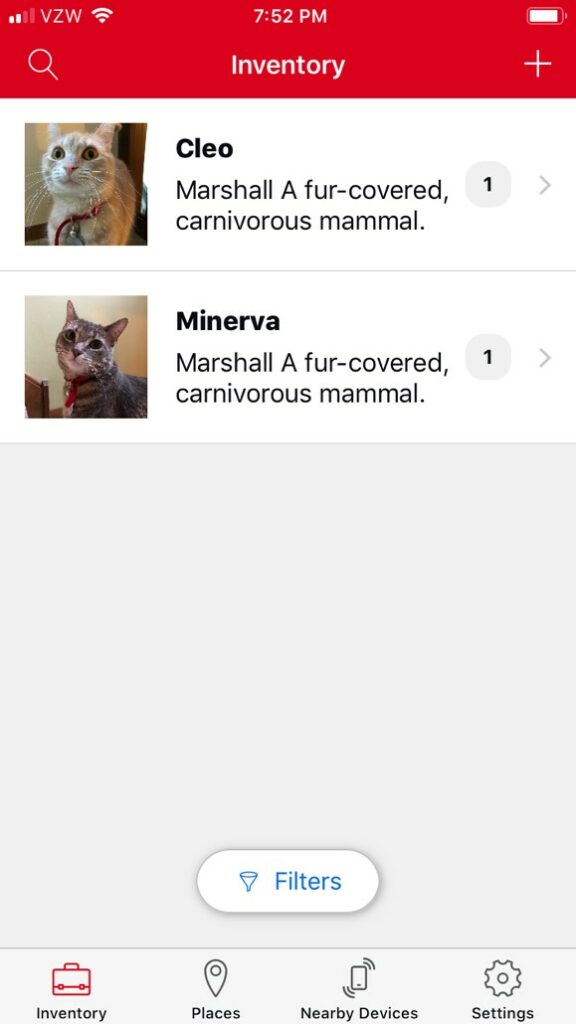
 , and associated hardware products.
, and associated hardware products.












